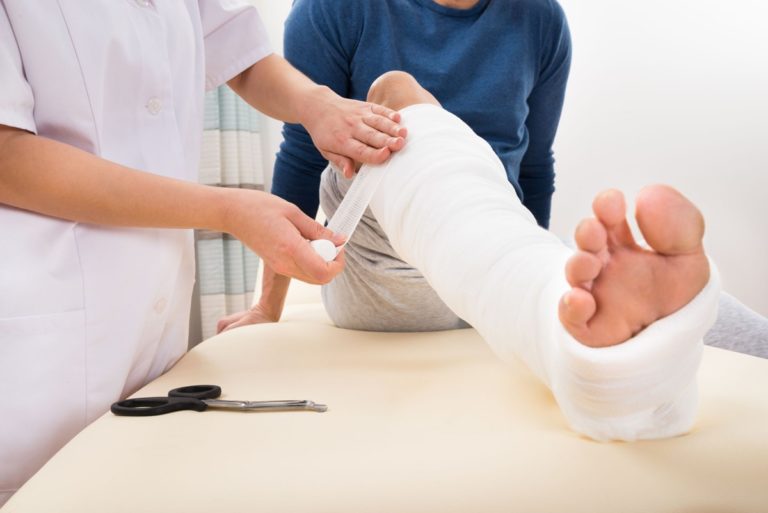For some people, motorcycles are a better alternative than driving a car. Not only are motorcycles fuel-efficient, but they are also thrilling, allowing the driver to really experience the open road.
But despite their appeal, motorcycles can also be extremely dangerous. Motorcycles demand that their drivers have better skill and coordination than if they were driving a car. On top of that, you need ample protection and safety gear at all times – even if you’re just going down to the store.
Although riding on a motorcycle can be exhilarating, you still need to be aware of your surroundings and on constant alert for hazards or obstacles that could get in your way and potentially cause an accident. According to the National Highway Traffic Safety Administration, 80 percent of motorcycle accidents will end up in injury or death. That percentage is too high not to be extremely cautious.
There are numerous injuries you might suffer if you’re in a motorcycle accident. But knowing the most common types of injuries can be helpful in identifying what safety gear you’ll need in order to prevent them in case you’re ever involved in an accident.
Bone fractures. Bone fractures are one of the most common injuries from a motorcycle accident, with the top fracture being a broken leg. Since a motorcycle only has two wheels and can’t stand up on its own, most motorcycle accidents result in the vehicle – and the driver – falling down. Because these accidents tend to take place quickly, the rider is usually unable to move his leg, which means the motorcycle falls onto the leg, resulting in a break.
Arm and wrist fractures are also quite common since most riders – and anyone in a similar situation – will naturally try to break their fall by throwing their hands and arms out in order to catch themselves. Motorcycle riders can also suffer from pelvis and shoulder fractures. Gloves can protect your hands, and body armor can help to protect your body from fractures if you’re in a crash.

Road rash. One of the great things about being in a car accident is that the car itself is there to protect you and act as a barrier. Motorcycles, however, don’t have that barrier. Nothing prevents a motorcyclist from impacting with the road if they’re involved in an accident.
Road rash is a skin injury caused by abrasion with the surface of roadways. You can have a mild or severe case of road rash depending on the nature of your accident, and road rash – like burns – is classified by degrees.
- First degree road rash is when the surface of the skin only looks red.
- Second degree road rash is when the skin’s surface is broken but the inner skin layers are still intact.
- Third degree road rash happens when the skin is completely removed by the road, exposing the inner layers of tissue and fat. Third degree road rash requires immediate medical help.
That’s why protective clothing is crucial. It acts as a shield in preventing road rash. Leather clothing – even if it’s 100 degrees outside – can be a great first line of defense from road rash.

Head injuries. The leading cause of both death and disability in motorcycle accidents is head injury, which also includes traumatic brain injury. Therefore the necessity of wearing a helmet can’t be overstated. Statistics from the U.S. Department of Transportation show that wearing a helmet can reduce deaths from a motorcycle accident from 29 to 35 percent. And helmets can reduce the occurrence of head injuries even more.
Despite helmets being a vital safety precaution, the Florida Motorcycle Helmet Law states that anyone over the age of 21 can operate or ride a motorcycle without wearing a helmet as long as they are covered by an insurance policy that provides at least $10,000 in medical benefits for injuries sustained as a result of a crash. So in simple terms, as long as you’re over 21, you don’t legally have to wear a helmet if you have proper insurance.
Additionally, many motorcyclists fight against helmet laws, insisting it should be an individual choice instead of a mandate. Choosing not to wear a helmet, though, is choosing to put yourself in grave danger, and you at least need to understand the potential consequences before you make this decision.
If you are involved in a crash due to the negligence of another individual or organization, make sure you get medical help immediately and then consult with an experienced motorcycle accident attorney to see if you’re entitled to any compensation for your injuries.